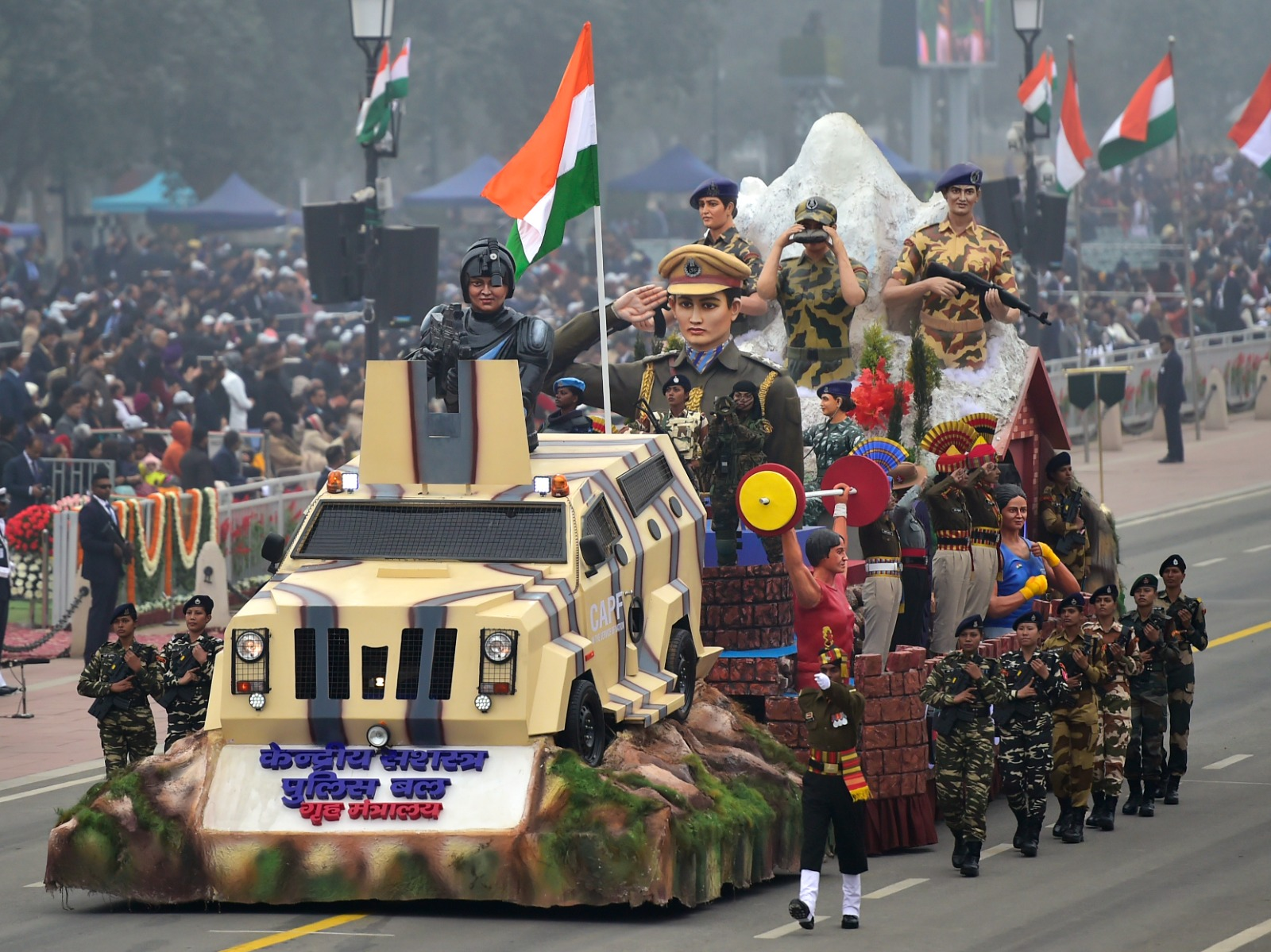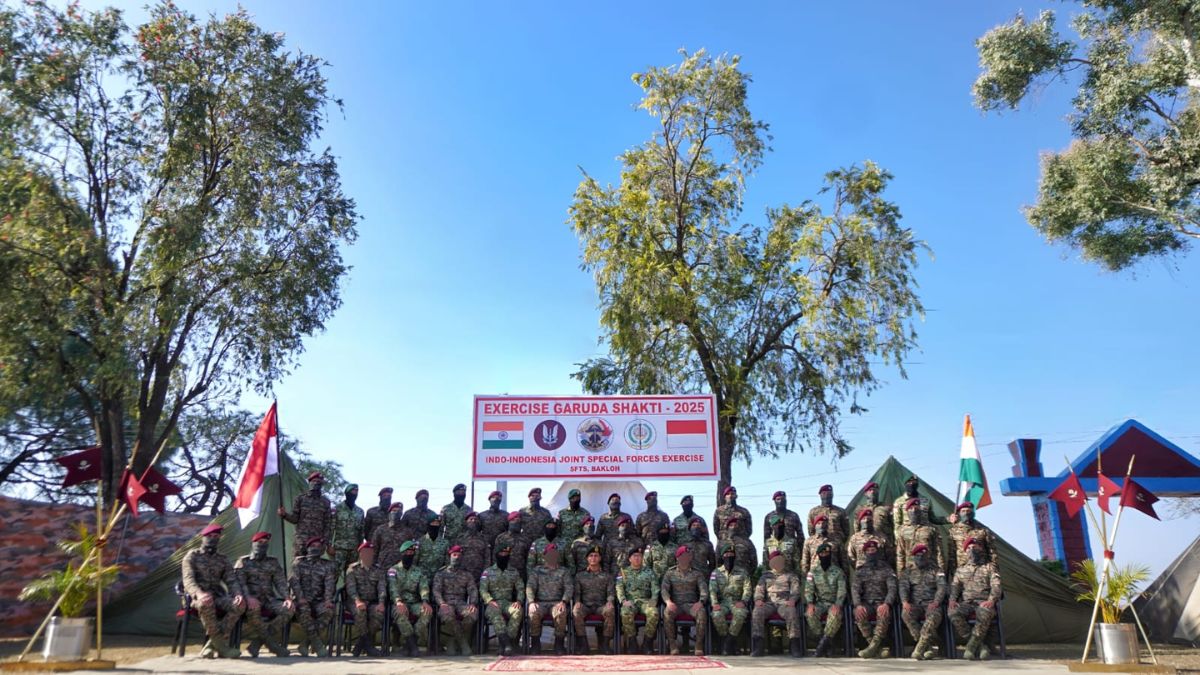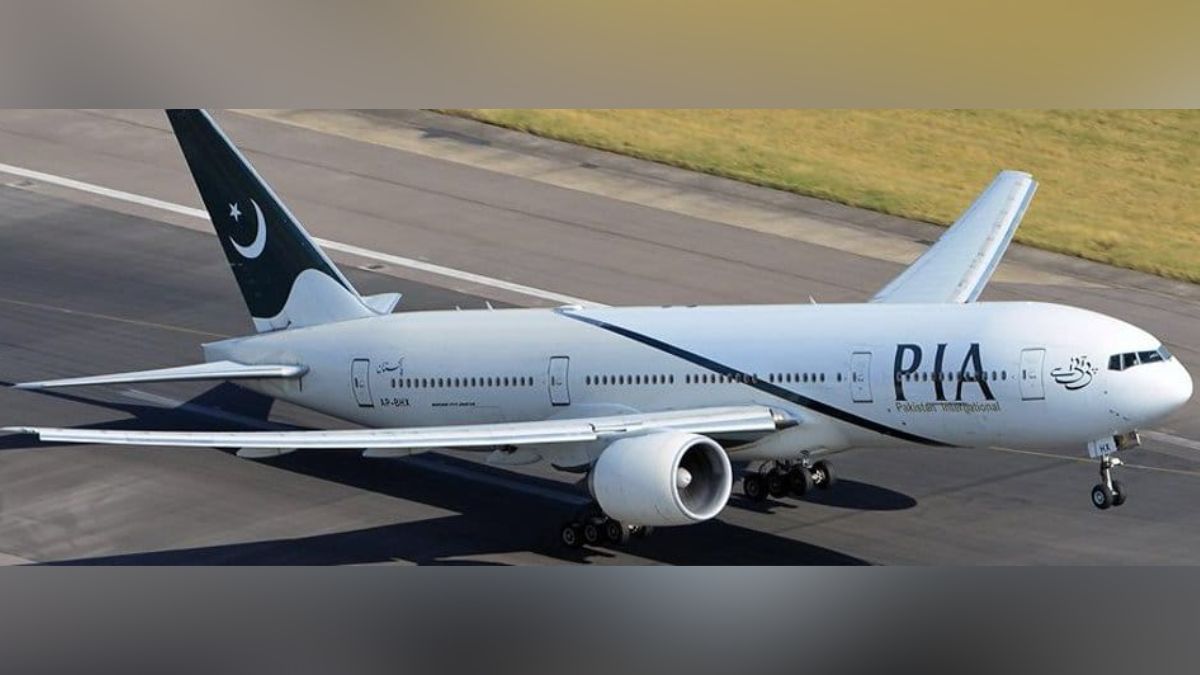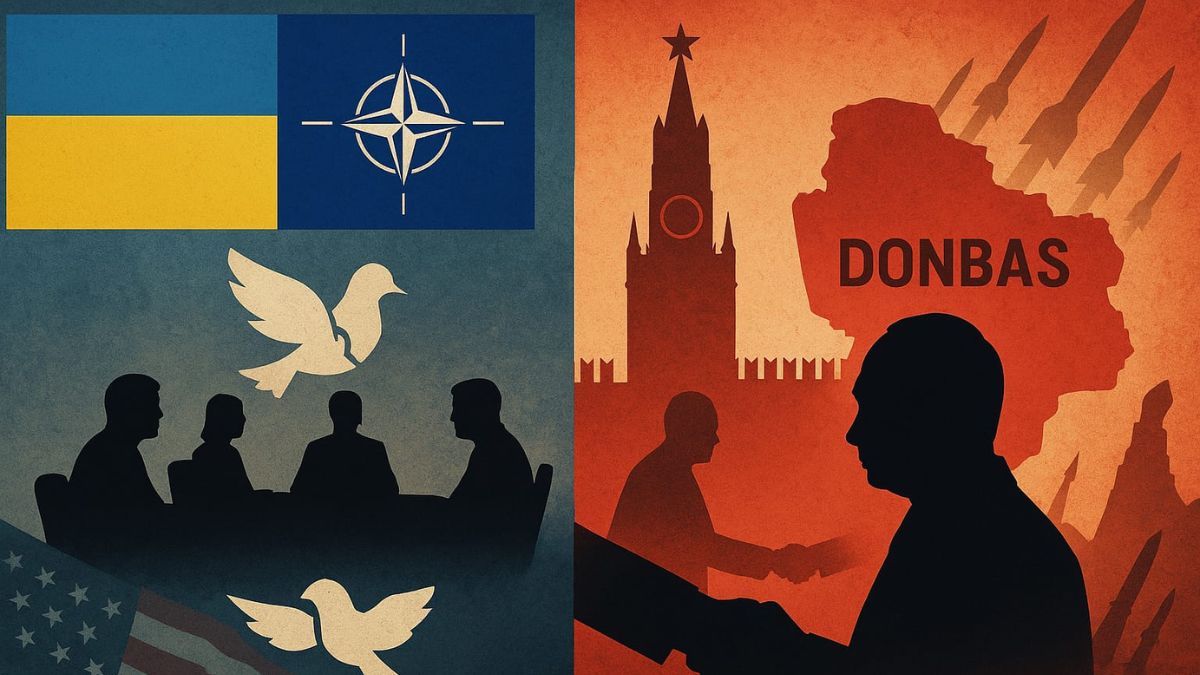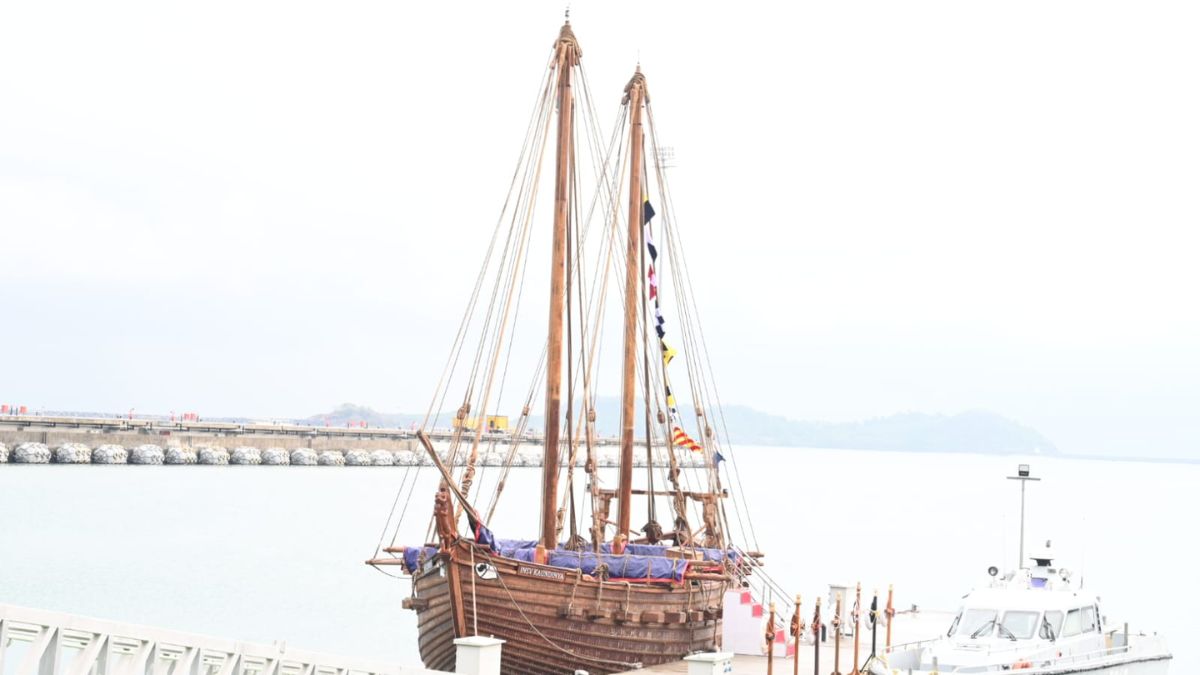India-Philippines Naval Drills Signal Strategic Shift As China-Vietnam Deepen Army Ties

While India and Philippines prepare to conduct their first bilateral naval exercise, China and Vietnam are also stepping up cooperation in the South China Sea. Image courtesy: X.com/@indiannavy
In a significant maritime development underscoring shifting Indo-Pacific dynamics, India and the Philippines are set to conduct their first-ever bilateral naval exercise, termed a Maritime Cooperative Activity (MCA), on August 3-4, just ahead of Philippine President Ferdinand Marcos Jr.’s state visit to India.
This drill, to be held near the contentious Scarborough Shoal in the West Philippine Sea, reflects a growing strategic convergence between New Delhi and Manila as both nations navigate China’s assertive posture in the South China Sea and the wider Indo-Pacific.
Scarborough Shoal, located within the Philippines’ Exclusive Economic Zone (EEZ), is a flashpoint in Manila’s maritime dispute with Beijing. Although an international tribunal under UNCLOS ruled in 2016 that China’s sweeping claims in the South China Sea have no legal basis, China continues to enforce them aggressively, often clashing with Philippine vessels in the area.
That the India-Philippines drill will take place in such politically charged waters speaks volumes about the symbolic and strategic weight of the exercise.
How will India-Philippines naval exercise enhance defence ties?
The MCA marks a milestone for India-Philippines defence cooperation, which until now had been limited to low-key passing exercises (PASSEX). The expansion to coordinated operations indicates not just a bolstering of maritime capabilities, but also the emergence of India as a credible security partner in Southeast Asia.
Four Indian Navy ships, including the hydrographic survey vessel INS Sandhayak, will also visit Philippine ports during this period: a visible show of naval reach and intent, according to an NDTV report.
Manila’s interest in enhancing defence ties with India is not confined to joint exercises. After procuring the BrahMos supersonic cruise missile in 2022, the Philippines is reportedly negotiating a $200-million deal for India’s Akash short-range surface-to-air missiles.
Talks also continue on acquiring Indian-made maritime helicopters. These deals are not merely transactional; they reflect deeper strategic calculations by the Marcos administration to diversify defence partners beyond the US alliance.
President Marcos Jr.’s upcoming visit, accompanied by a high-level ministerial delegation, is expected to elevate bilateral ties to a full-fledged strategic partnership. That development would institutionalise defence and maritime cooperation at a time when regional tensions are surging, especially around the Second Thomas Shoal, another hotspot of Philippine-Chinese clashes.
What is happening on the China-Vietnam front in the South China Sea?
Interestingly, this India-Philippines military alignment comes even as China and Vietnam — fellow South China Sea claimants — are pursuing closer defence ties. This month, China and Vietnam will conduct their first-ever joint army training in southern China’s Guangxi region.
The drill, framed as a joint border patrol training, signifies a calibrated warming of ties between the two communist neighbours despite longstanding maritime disputes, the South China Post reported.
Beijing has toned down its public criticism of Vietnam’s land reclamation activities in the Spratly Islands, even as it reacts vocally to Philippine assertions in contested waters. This dual-track diplomacy reveals China’s strategic calculation: while aiming to neutralise Vietnam’s alignment drift amid US-China trade tensions, it remains confrontational with Manila due to its burgeoning ties with both Washington and now New Delhi.
Vietnam, on its part, has reciprocated China’s outreach through high-level visits, joint naval patrols in the Gulf of Tonkin, and symbolic gestures such as the PLA’s participation in Saigon’s fall anniversary parade. But the undercurrent of mistrust remains, with Vietnam quietly expanding its military infrastructure on disputed islets.
India, for its part, treads cautiously with Beijing. After the deadly Galwan clash in 2020, diplomatic ties are in a holding pattern. External Affairs Minister Dr. S. Jaishankar’s recent visit to China reiterated India’s stance that peace along the Line of Actual Control is crucial for normal bilateral relations. Yet, India continues to deepen ties with China-wary nations in Southeast Asia, balancing dialogue with deterrence.
What do these defence developments in South China Sea mean for India?
Taken together, these developments paint a picture of an increasingly fragmented Indo-Pacific, where alliances and partnerships are being redrawn. As the US-China rivalry intensifies and ASEAN countries recalibrate their security strategies, India’s emergence as a maritime partner, especially in the South China Sea, adds a new layer to the regional security architecture.
The India-Philippines naval drill, therefore, is not an isolated event. It is part of a broader trend where middle powers are hedging bets, building new coalitions, and asserting agency amid great-power competition.
For New Delhi, this marks a decisive step in translating its Indo-Pacific vision into strategic reality. For Manila, it provides much-needed operational heft to counter an increasingly aggressive China. And for Beijing, it signals that its neighbours are no longer content with merely reacting: they are now actively shaping the regional order.
